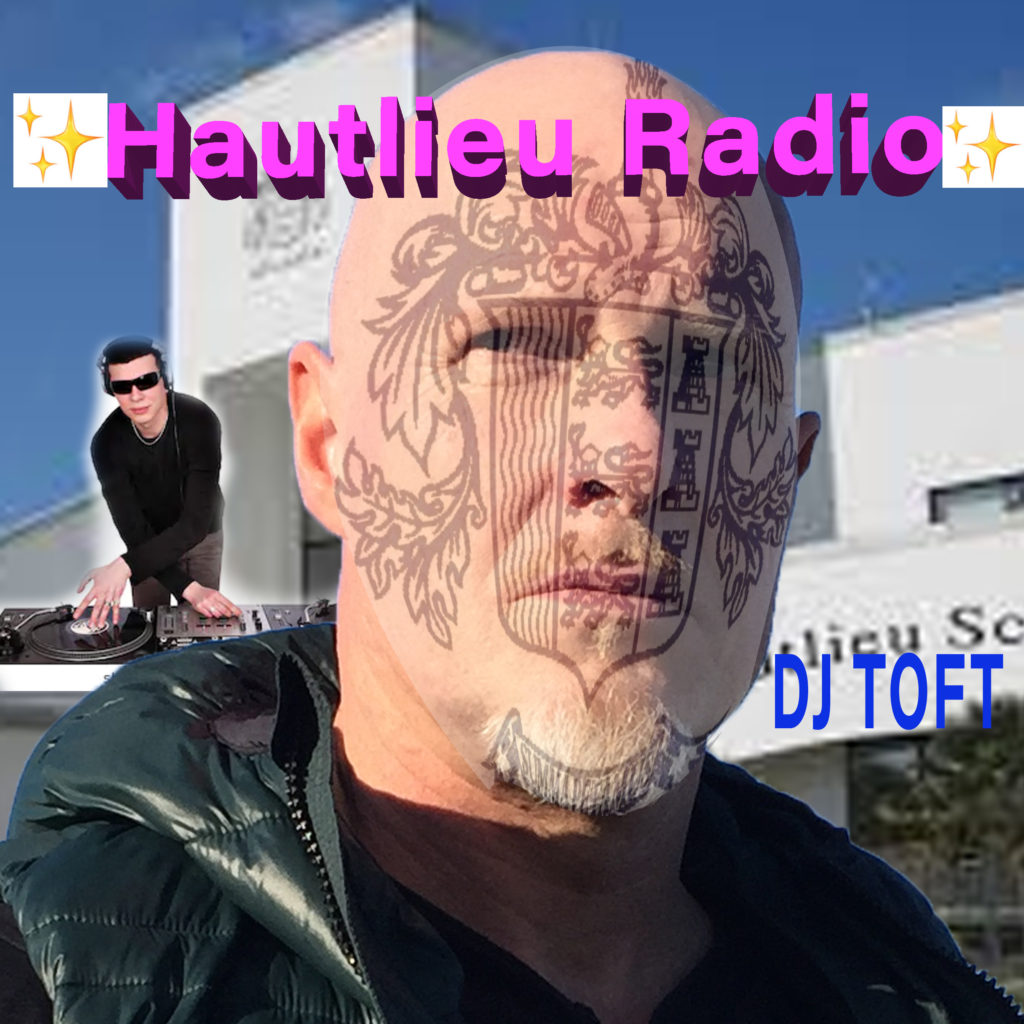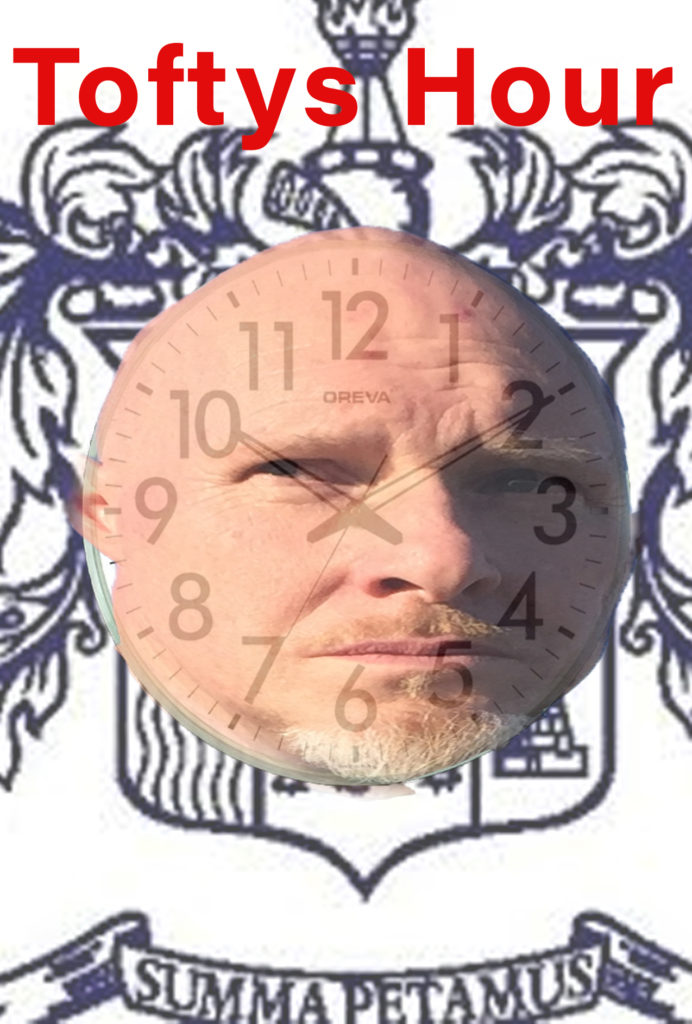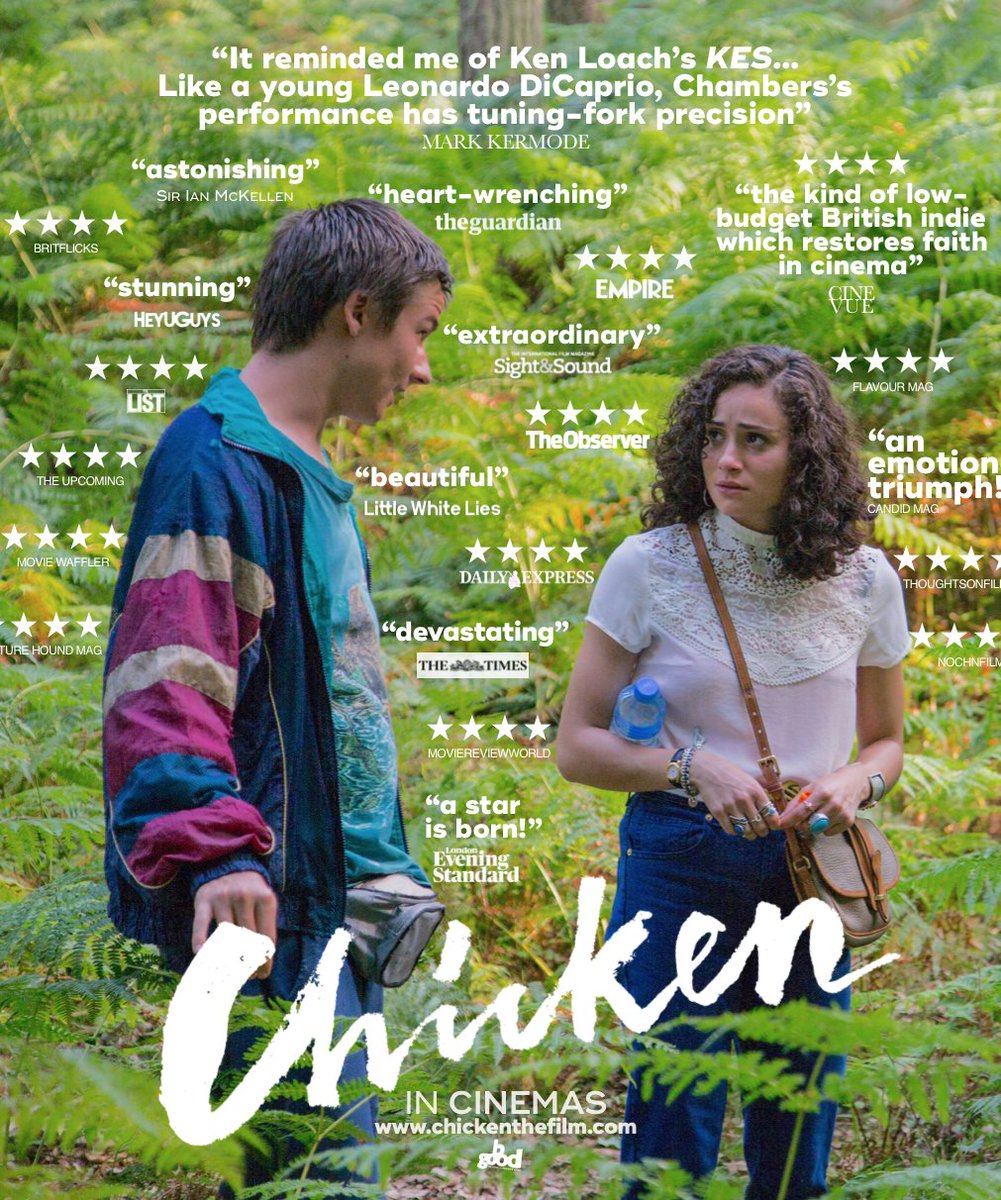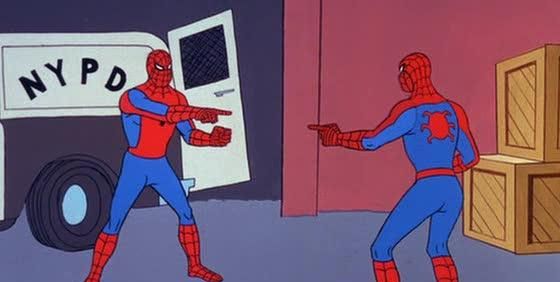Postmodernism says that one person should not try to make another person believe what he believes, because it means nothing to say that one belief is right and the other is wrong.
To people on the far left, it’s their shadow religion—basically a healthy disregard for any value system that has exerted influence (and caused suffering) in the last few thousand years.
To the far right, it’s a rejection of all that is good in the world—like tradition, family, piety, and conservative (see Good) culture.
This transition from the modern epoch to the postmodern era can
be observed in the shift of society from the production of goods to information and services
In other words if there is no true meaning to life or clear path, then what is the point.
The post-modern reply to modernism consists of recognising that the past, since it cannot really be destroyed, because its destruction leads to silence, must be revisited but with irony, not innocently or history will only repeat itself.
Initial Idea –
For my radio show, covering a total of 30 minuets, my key topic will be focused on ideas surrounding postmodernism and especially how this ideology or movement is represented in the music industry. In order to analyse this ideas or support my/ guests opinions I am also going to include some theories learnt throughout the media course such as Baudrillard. In terms of a name for my show, I have decided to use ‘Theory Talks’ as I believe this gives a short but easy-to-interpret title that quickly and efficiently informs the audience. As well as this, the show focuses on different theories, ideas or movements, in this specific case being Post-modernism.
Songs
Little Dark Age – (MGMT) – 5:00
Судно – (Molchat Doma) – 2:21
And I’m trying to get up, I want to look it in the eyes, Look in its eyes and fall into tears, And never die, never die, Never die, never die, never die.
Feel Good Inc. – (Gorillaz) – 3:42
There is a light that never goes out – (Joy Division) – 4:02
15.05
Statement of intent
For my broadcast, as mentioned above, my primary theme will evolve around Postmodernism and how this is represented through music. In order to do this, I have decided to choose songs that may be considered more ‘indie’ as the genre is not controlled by an outside organization… Unlike mainstream artists who are most likely controlled by their record labels, they are dictated by these institutions to make music based on what is sellable/liked by majority of people. In this respect, the lyrics and overall meaning of the song is likely to have harsh, truthful facts relating to society, rather than being sugarcoated. I’m also going to name my show ‘Theory Talks’ which will be repeated in differing effect levels in my introduction using audition. For my broadcast I don’t plan on having a specific script, however, I will have a list of my songs, their timings and notes relating to them or key bullet points on what I want to discuss.
Time Schedule
Intro = 00:22
Opening = Introduce show, guest, talk about how the show will run and cover what postmodernism is = 5:00
Introduce and play first song = Little Dark Age – (MGMT) – 5:00 = Relate to postmodernism = Discuss = 10:00
Link in to second song – Viral on TikTok – Судно – (Molchat Doma) – 2:21 = 12:21 = discuss = 18:00
Open to third song = Feel Good Inc. – (Gorillaz) – 3:42 = 21:42 = discuss = 25:00
Last Song = There is a light that never goes out – (Joy Division) – 4:02 = Quick link then end show = 30:00
Songs In relation to Postmodernsim –
Little Dark Age – (MGMT) – 5:00 –
Apparently, we were more inspired to write pop music after evil took over the world.”
Van Wyngarden also explained, “We called it Little Dark Age because that’s hopeful. It’s a little dark age. And we ended the album with ‘Hand It Over’ because it envisions an end to all of this.”
He’s desribing a battle scene of the war between humans (or himself) with dark forces (depression, despair, weakness.. Etc).
Policemen swear to god
Love’s seeping from the guns
Probably tying in the rise of police brutality (though it’s always been there, now it’s just become more reported or obvious).
I grieve in stereo
The stereo sounds strange
I know that if you hide
It doesn’t go away
Might mean grieving while listening to news or current events, which seem to have nothing positive to say. You could ‘hide’ or just ignore all the depressing reports or current news, withdraw into yourself and remain oblivious, but it’s not gonna make the morbid events go away nor make it better.
In this respect, Postmodernism says that one person should not try to make another person believe what he believes, because it means nothing to say that one belief is right and the other is wrong. This song goes against common dominant ideologies presented by governments. Multiple realities and ideas.
Судно – (Molchat Doma) – 2:21
Life is hard and uncomfortable
But it’s comfortable to die
This song is by the Belarusian post-punk band from Minsk, formed in 2017.
Post-punk (originally called new musick) is a broad genre of rock music that emerged in the late 1970s as artists departed from the raw simplicity and traditionalism of punk rock, instead adopting a variety of avant-garde sensibilities and non-rock influences.
The difference is that musically postpunk goes beyond the simple musical format of punk ( easy chords, playing fast ). Its more creative and more experimental and that is why stylistically it is not easy to describe. Some seem to have been influenced by captain beefheart or metal machine music.
Therefore, similar to the first song this single targets postmodernism in relation to mental health and societies decline of such, with depression increasing and death being seen as ‘comfortable’.
Feel Good Inc. – (Gorillaz) – 3:42
This song is about the things people do in order to make themselves feel good. The song seems to focus on the darker side of pleasure like addictions and habits, but then the chorus comes in and it seems to say that you should stop thinking about what makes you feel good and try to love others to make them feel good. It’s saying that love is what makes the world go around, hence the windmill reference.
At the 2006 Grammy Awards, this won for Best Pop Collaboration With Vocals.
- The song is a throwback to the days of answering machines when callers would wait for the beep and leave a message on a microcassette. After the line:
And all I wanna hear is the message beep
My dreams, they got her kissing, ’cause I don’t get sleep
We hear a beep, followed by the first chorus (“Windmill, windmill for the land…”), which is distorted with tape hiss as if we are listening to the message. - Reference to how times have changed, sound becomes clearer
The repetition of “Feel good” represents that 2-D is convincing himself that everything is OK (as if he is brainwashing himself to believe it). Stuart Harold “2-D” Pot is a fictional English musician and member of the British virtual band Gorillaz. He provides the lead vocals and plays the keyboard for the band.
This song can link in to postmodern society and an increased reliance on things such as drugs in order to feel okay or to escape reality.
Similarly, referring back to political stances,
I think this song is talking about revolution.
Feel Good Inc. could refer to a massive corporate entity, in which the people in charge only think about materialistic things, like having a million women, or being the ruler of everybody else. However, they are so caught up inside their own tower, that they are completely miserable despite all of the things they have. Ironically, these same people seem to enjoy talking about how much they are enjoying life in an attempt to make themselves appear all the more powerful and superior.
There is a light that never goes out – (Joy Division) – 4:02
Released in 1986, it shows how early post-modernism had developed since its start in the 50s/60s.
The light that never goes out is an extended metaphor for hope and eternal love.
The light that never goes out is hope for eternal love. Here’s a Morrissey quote:
“When you’re a teenager and in your early twenties it seems desperately eternal and excruciatingly painful. Whereas as you grow older you realise that most things are excruciatingly painful and that is the human condition. Most of us continue to survive because we’re convinced that somewhere along the line, with grit and determination and perseverance, we will end up in some magical union with somebody. It’s a fallacy, of course, but it’s a form of religion. You have to believe. There is a light that never goes out and it’s called hope.”
Baudrillard = living in a simulation, links to how the light will never go out because of this simulation.
Jingle (Intro)

I used Audition in order to create my intro, allowing me to edit my audio clip into different pitches to create an echoing effect. This software also allowed me to edit separate audio layers, allowing some to be more subtle and quiet.












